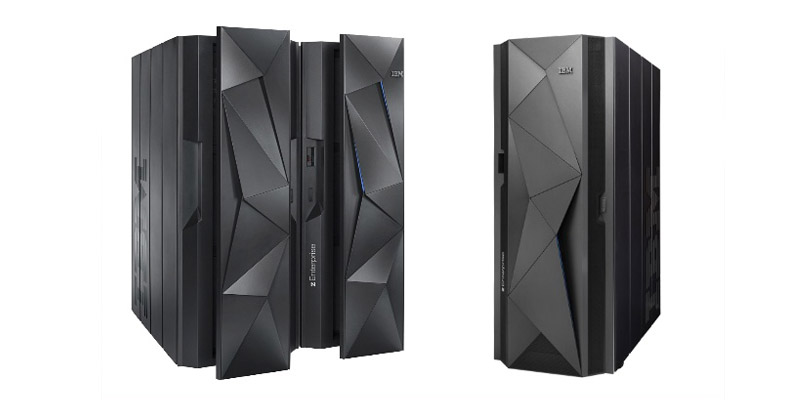
Index:
UPDATED ✅ Do you want to know what are the functions and characteristics of this type of computers? ⭐ ENTER HERE ⭐ and discover the types ✅ EASY and FAST ✅
The computer workstations they are nothing more than computer equipment used to carry out professional, scientific or technical work. They are also called workstation, in relation to the computer with advanced features that connects to a series of peripherals, being part of a network.
The workstation concept previously applied only to business computers. However, over time this concept is becoming equal, so that a home computer has almost the same features as a work computer. Although it is clear that the latter will always have superior benefits to those that can be offered for a home desktop computer.
Below is everything related to computer stations, including what exactly they are, what types exist, and what their uses are.
What are Computer Workstations? Definition
Workstations are high-end computers typically used for the work environment. These can handle a large number of applications (which require a very high number of resources). Also, they have several processors, screen, hard disk and other peripherals that improve their capacity. In many cases, a workstation can be used as a server to which others connect.
The ones that work like server clients can run programs independentlyunlike any terminal that cannot run programs without the intervention of a server.

Workstation Components
A workstation must behave like a fully trusted computer so that it can work in environments where multiple processes are running at the same time. It is because of that it should have a much higher performance than desktop computers and this is given by a good processor or CPU with a high clock frequency, good RAM and simple ROM and multiple cores.
Also, you must have a Graphic card (GPUs) that allows you to manipulate prepared designs in 3D without this entailing an overload of resources for the team.
It is not a question of having the best pieces, but it is necessary that all the hardware components are consistent with each other and united form a whole as complete and balanced as possible.
The operating system used by a workstation must be able to communicate in a healthy and simple way with the server. That is why it is possible to have one type of OS on the server computer (for example, Linux, which is the most effective in environments where workstations have a place) and attack it from another such as Windows, macOS or another Linux .
What are they for and what uses do Workstations have?
Workstations are not usually used commercially because what is intended with them, mainly, is that the teams can connect as a network and that all of them perform high-level tasks, which has no place in that context. Although they can be used at a particular level, the interesting thing is promote the joint use of the same to achieve certain objectives.
They have very interesting features and the companies themselves make the most of these qualities in order to perform specialized calculations in a short period of time. That is why the location of the data is always controlled by the system administrator, so that he can manage how it is transmitted through the server or the computer network or stations connected to the same company network.
The main applications of these machines are the following:
- technical applications (AEC, CAD, CAM, EDA and CASE).
- scientific applications (applications oriented to the scientific industry, GIS, expert systems based on Artificial Intelligence programming techniques, systems for the analysis of earth resources)
- commercial applications.
- engineering applications (CAD, CAM).
What types can we find today?
At present we can make a classification of workstations based on the capacity that each of them has to carry out certain tasks, launching some functions and others. They are the following:
supercomputers
It is a type of computer equipment that has the purpose of processing a significant amount of information in an ultra-fast manner. Its power reaches stratospheric values and makes developers seek to improve these systems on a much higher scale.
The price of supercomputers round the hundreds of millions of euros and can consume the energy that could be used to supply all the houses in a block. These must be located in very precise places since they generate a lot of heat and the environment must be in line with this data.
Mainframe

These are computers a little smaller than supercomputers that allow handle large amounts of input and output information. They are located in different terminals placed throughout the work area physical. mainframes they cost more than supercomputers and can take up entire rooms. These must also be conditioned in a special way.
An example of a mainframe is that of a network of stores whose database is located on a mainframe server and each store accesses it through a terminal. This access, moreover, is controlled both at the input and at the output of data by the machine.
minicomputers
It is a device capable of handling a large amount of input and output data, but dedicated to a single user. They are also known as personal computers and are found between mainframes and microcomputers. In case it is a server terminal can be programmed to control at least several hundred terminals. These types of worstations are perfect for companies that cannot afford a mainframe because of its price or the space it occupies.
Desktop computers and microcomputers
They are computers that can be used in multiple scenarios to perform any type of task. They are quite configurable and, therefore, each user can find the model that best suits their tastes and needs.
Hardware





